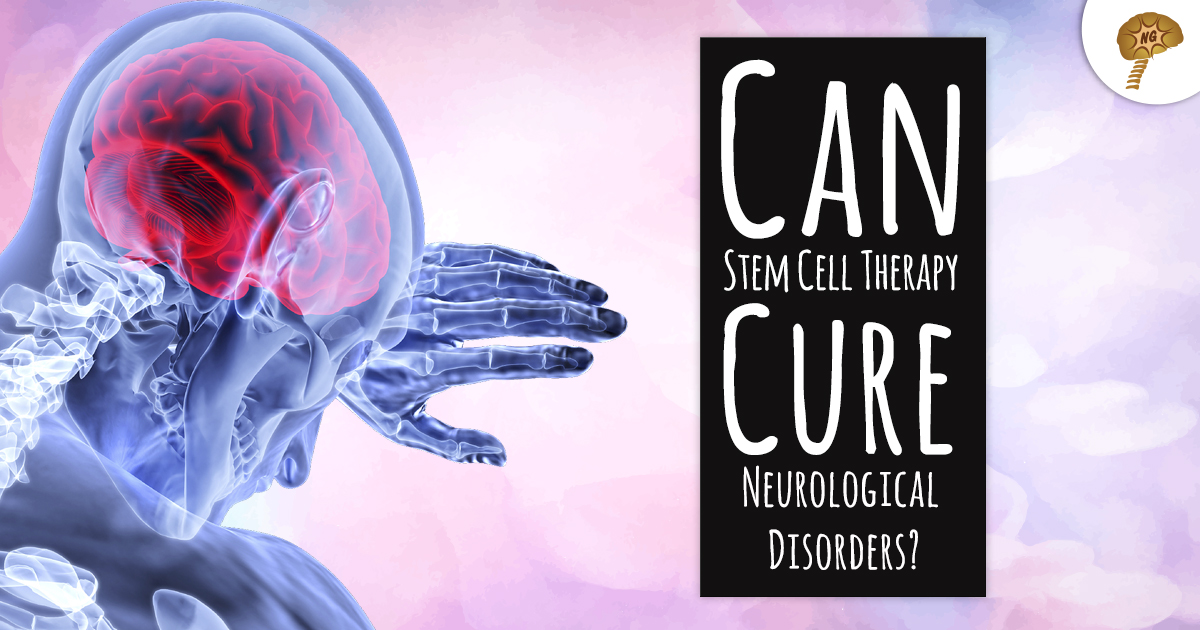
Neurological Disorders
Neurological disorders affect the bodies nervous system due to structural or biochemical abnormalities in the brain, spine and the nerves that join them together. Some of the examples of the nervous system disorder include muscle weakness, loss of sensation, poor coordination of the limbs, paralysis, seizures, pain, etc., along with altered levels of consciousness.
Types of Neurological Disorders
The severity of neurological disorders depends upon the specific area of the body or the brain that is affected. Some of the most common ones are:
- Intellectual Disability
- Stroke
- Autism
- Cerebral Palsy
- Traumatic brain injury
- Epilepsy
- Migraines
- Seizure
- Alzheimer’s disease (AD)
- Parkinson’s disease
- Multiple sclerosis
Problems In Day-To-Day Life Due To Neurological Disorders
Apart from physical symptoms, there can also be emotional symptoms found in patients with neurological disorders. They may experience mood swings or sudden emotional outbursts and may also experience depression or delusions. Some of the physical symptoms of neurological problems may include:
- Seizures
- Partial or complete paralysis
- Poor cognitive abilities
- Muscle weakness
- Poor cognitive abilities
- Re-occurring pain
- Decreased alertness
When to Consult a Doctor
Self-administered tests cannot positively identify the presence of a neurological disorder in a patient. If a person has the following complaints, seek professional assistance immediately:
- Blurry vision
- Fatigue
- Numbness in the legs or arms
- Absence of coordination or balance
- Slurred speech
- Tremors
Treatment
Stem cells or the ‘mother cells’ have an amazing potential to develop into different cell types. They can divide without limit to replace the dead or damaged cells of an organ or tissue, with renewed specialized functions. Stem cells are different from other cells in the human body.
The sources of stem cells are embryos, umbilical cord, menstrual blood, placenta and the bone marrow. All stem cells (irrespective of their source) have three properties:
- stem cells do not have any tissue-specific structures
- They can differentiate into any specialized cell types, such as cells of the heart muscle, blood or nerve
- They can divide and renew for a long period
The bone marrow derived mesenchymal stem cells are highly enriched! They are great therapeutic agents which can rapidly expand for autologous transplantation and migrate to the damaged tissue to differentiate into neurons and glial cells for satisfactory results.
Stem cell therapy for neurological disorders is considered as the best treatment option. At NeauroGen Brain and Spine Institute, the doctors derive the marrow of the patient’s own pelvic bone. The marrow is aspirated using a bone marrow aspiration needle and collected in heparinized tubes. With a density gradient method, the cells are separated from the aspirate. These cells are diluted with cerebrospinal fluid (CSF) to encourage cell growth before they are injected intrathecally between L4 and L5 of the spine.
The transplanted stem cells migrate to the damaged areas to adopt the functions of the host neurons. Stem cell therapy is a promising treatment for stroke, Cerebral palsy, spinal cord injury and numerous other neurodegenerative diseases.








